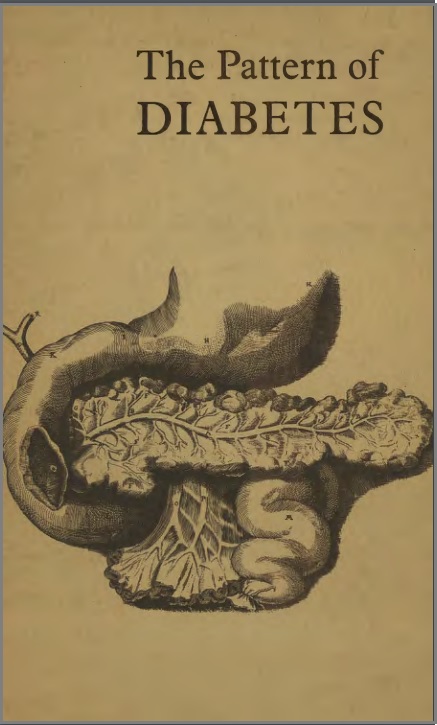Sign up to our newsletter Subscribe
A Spotlight on Haemophilia Therapies

Over the past 40 years, diabetes has changed from a progressive or rapidly fatal disease in to a controlled chronic disorder with mortality confined mainly to old age. The new picture dates from the isolation of insulin by Banting and Best at Toronto…
Over the past 40 years, diabetes has changed from a progressive or rapidly fatal disease in to a controlled chronic disorder with mortality confined mainly to old age. The new picture dates from the isolation of insulin by Banting and Best at Toronto University in 1922.
There are some 300,000 persons being treated for diabetes in England and Wales—either by dietary restriction or with an anti-diabetic preparation. There is also probably a similar number with undetected diabetes many of whom would benefit from treatment but who are receiving none. In the past four years, interest has grown in the detection of these unsuspected cases of diabetes and many local surveys have been undertaken. This paper examines recent trends in diabetes and discusses the issues involved in diabetes detection.
Pattern of Diabetes
